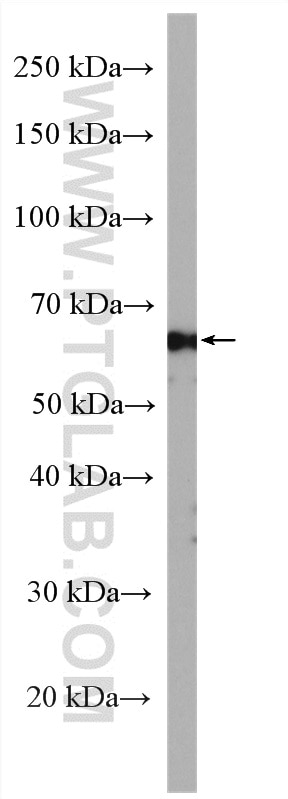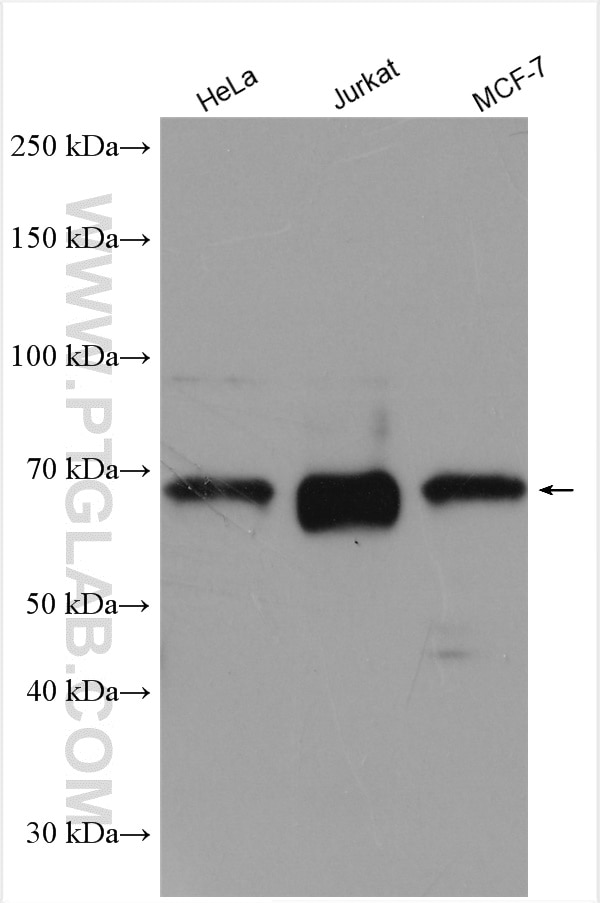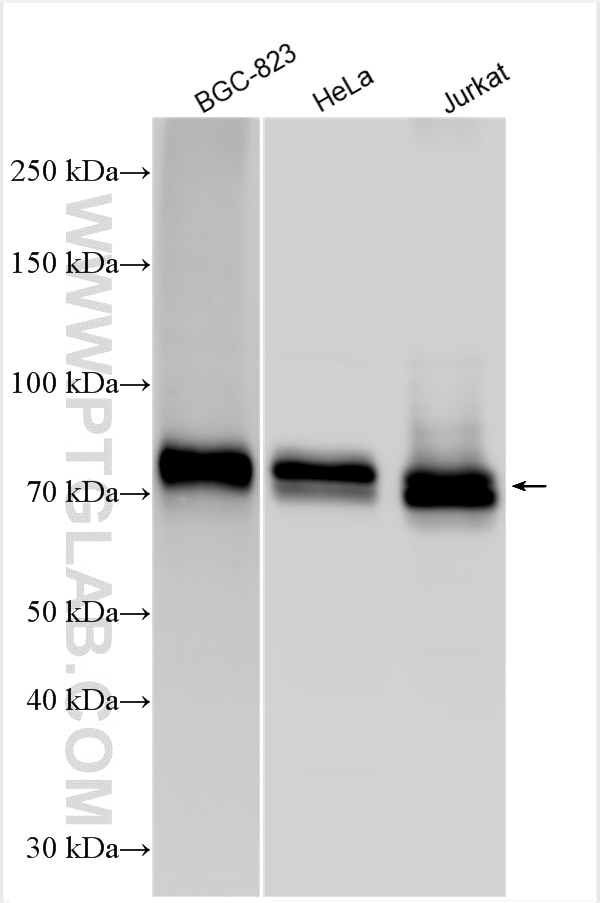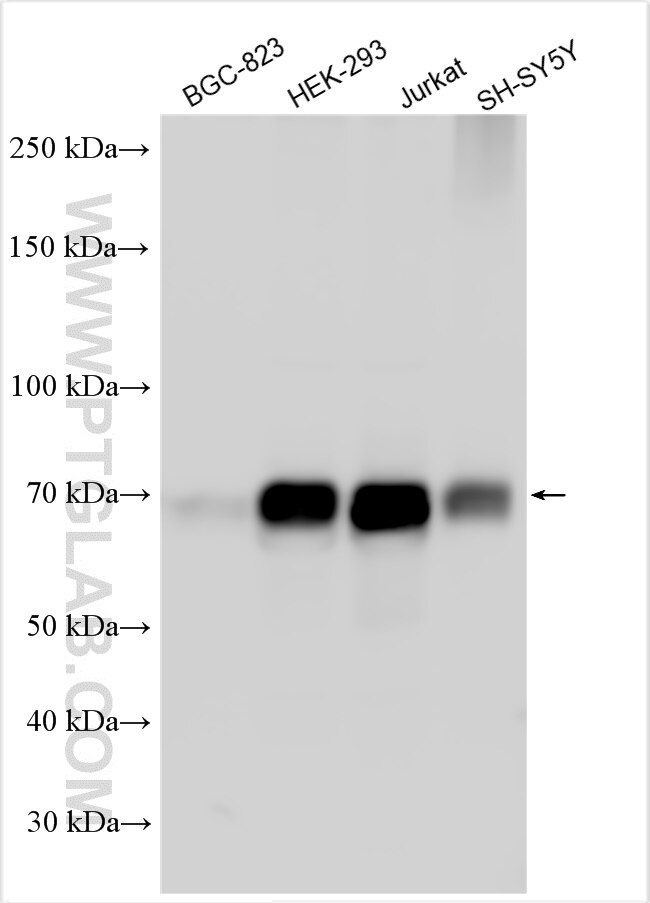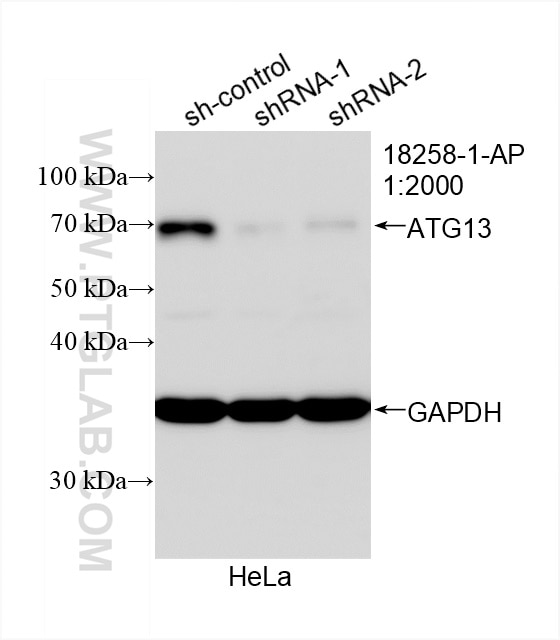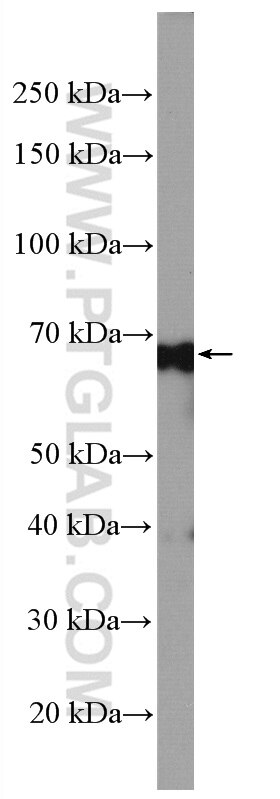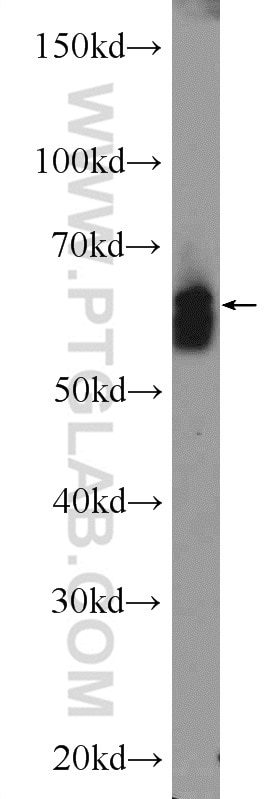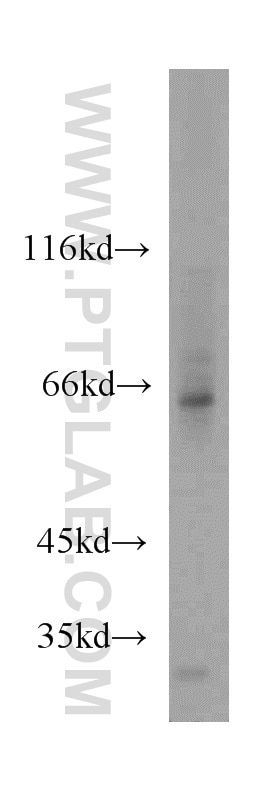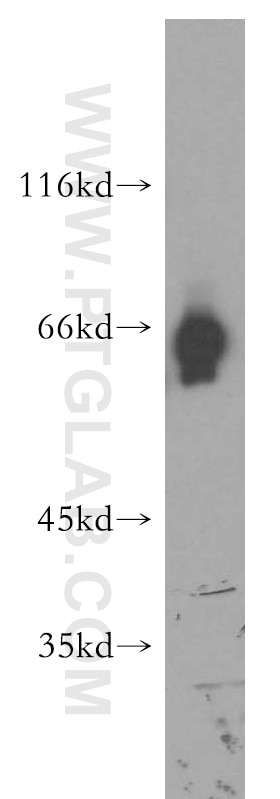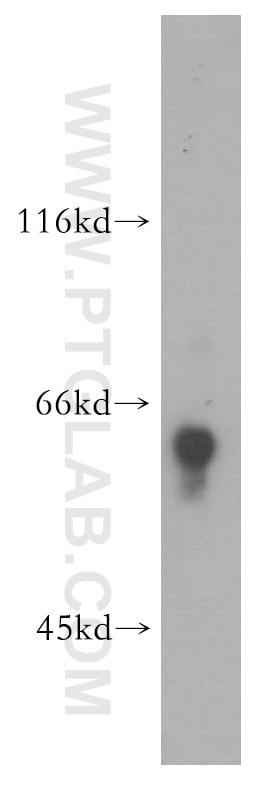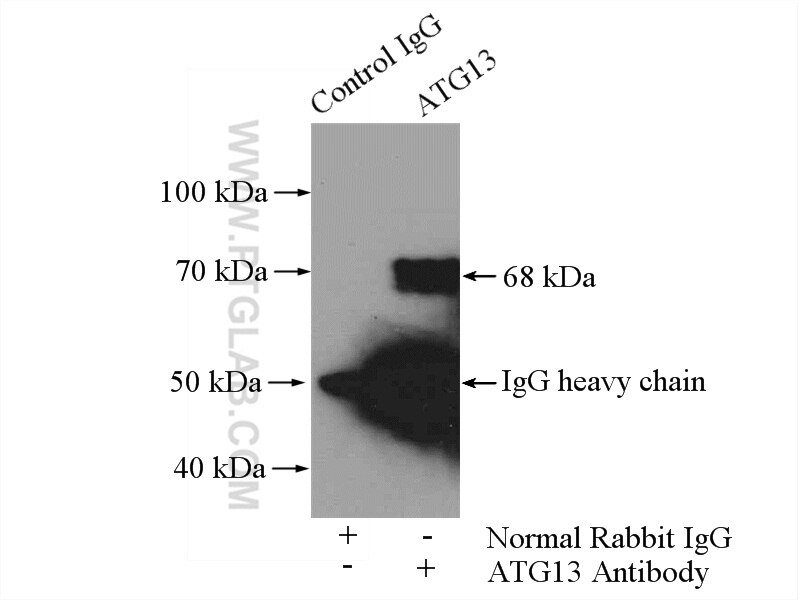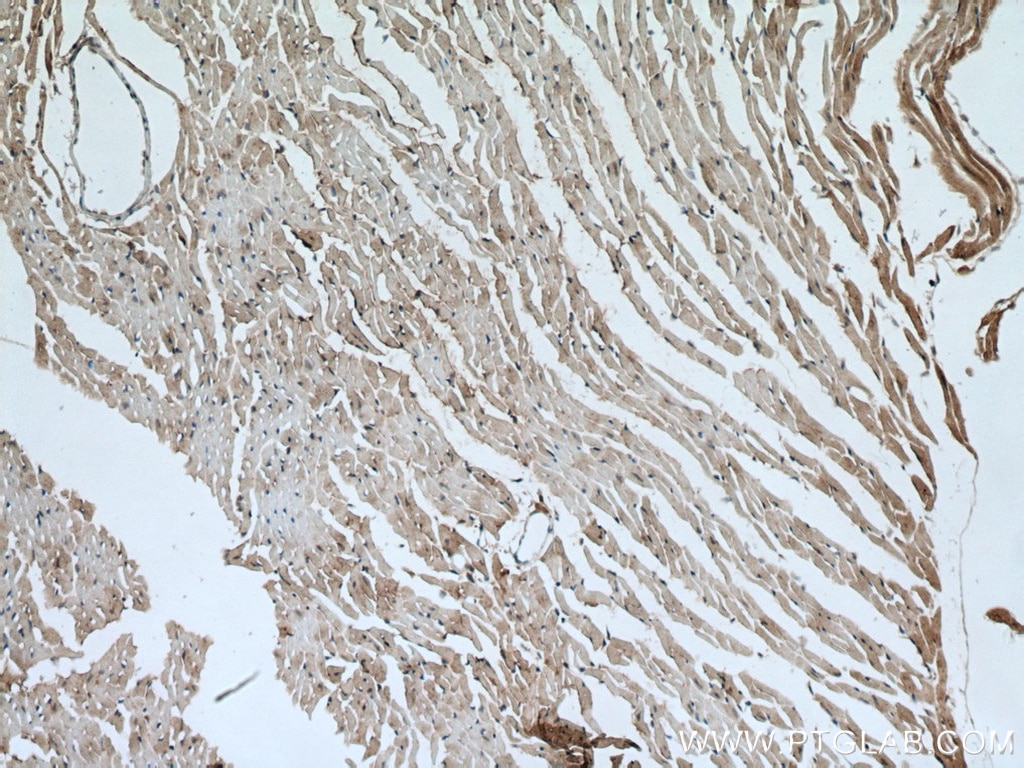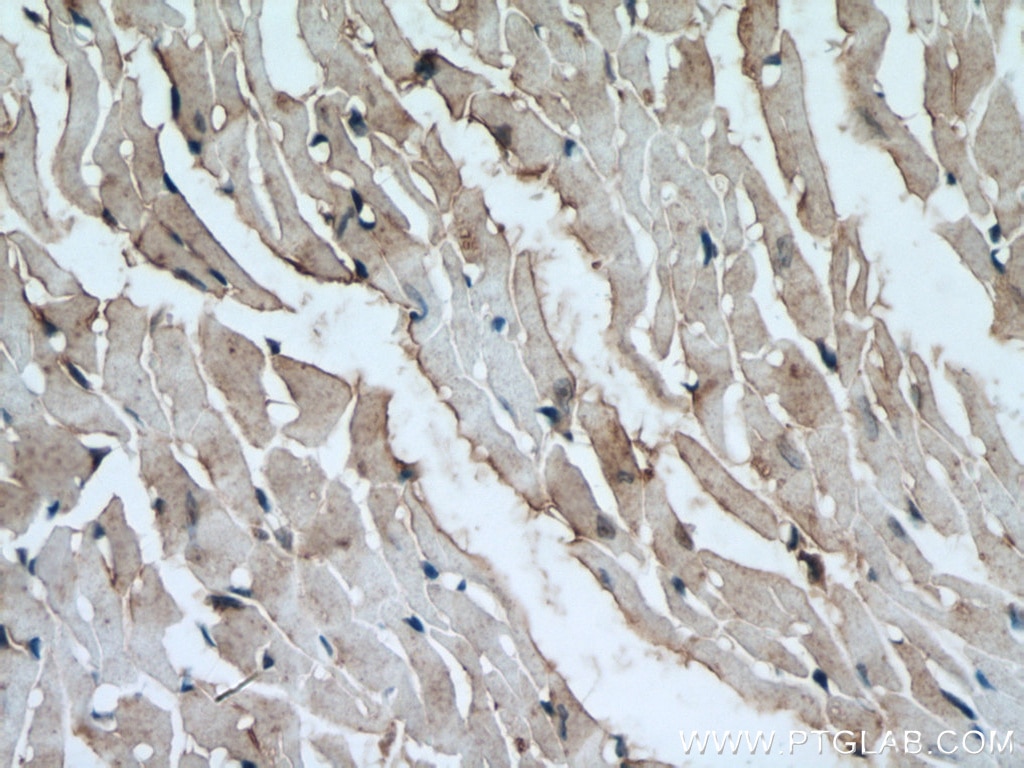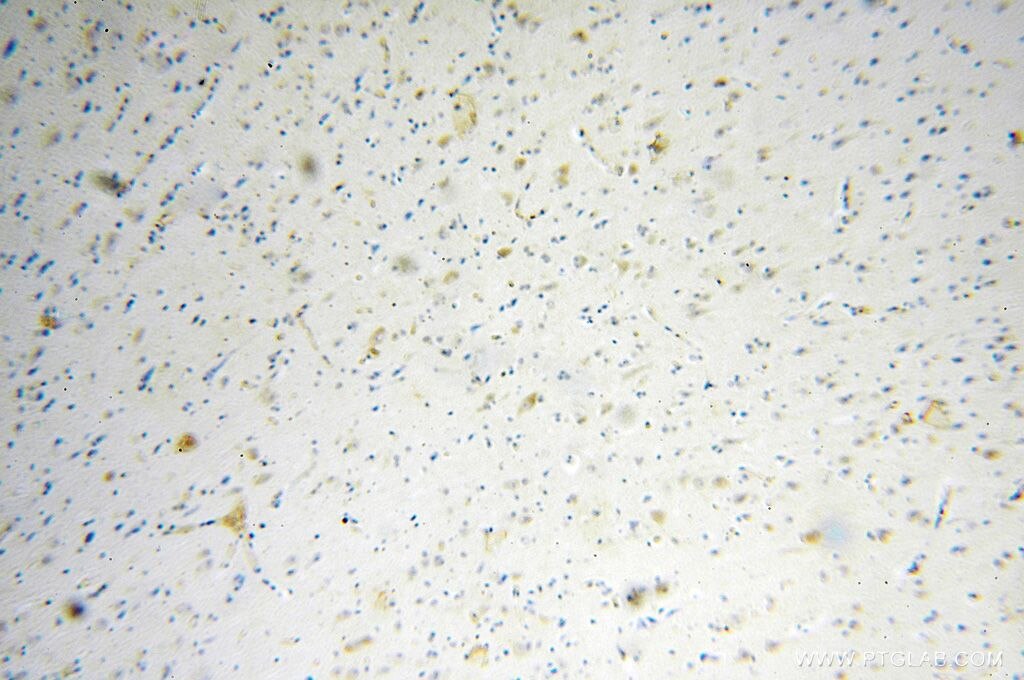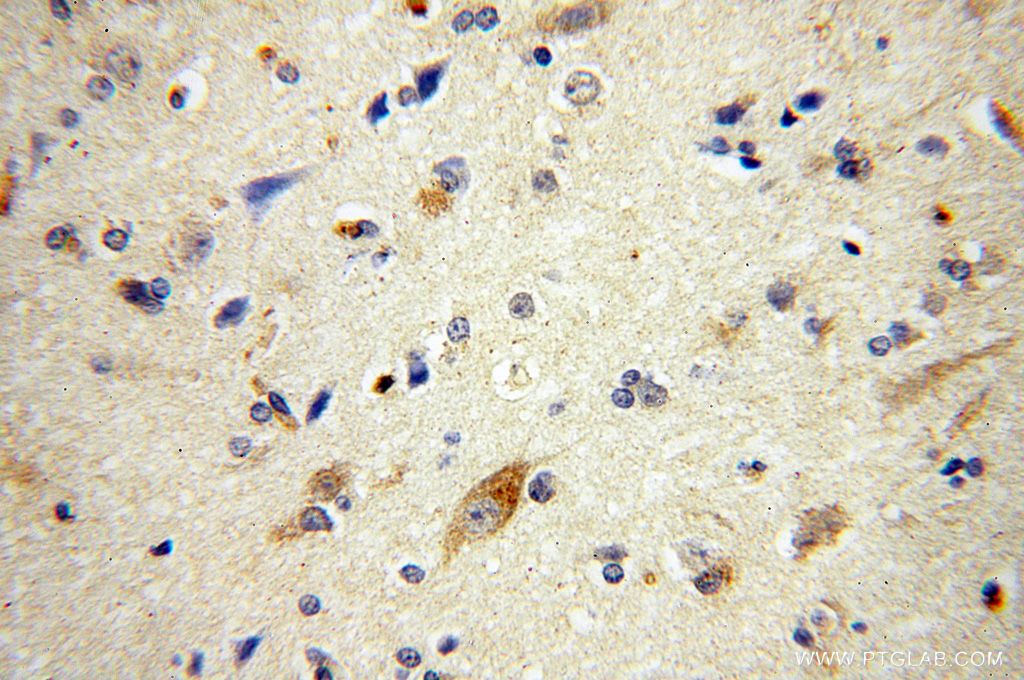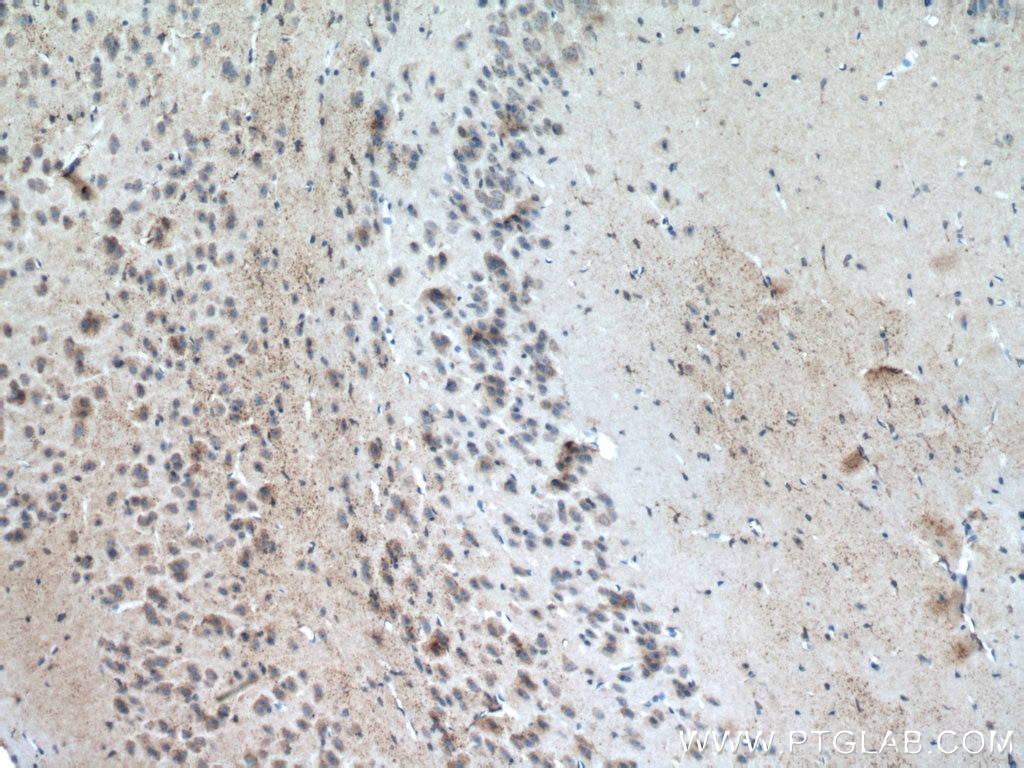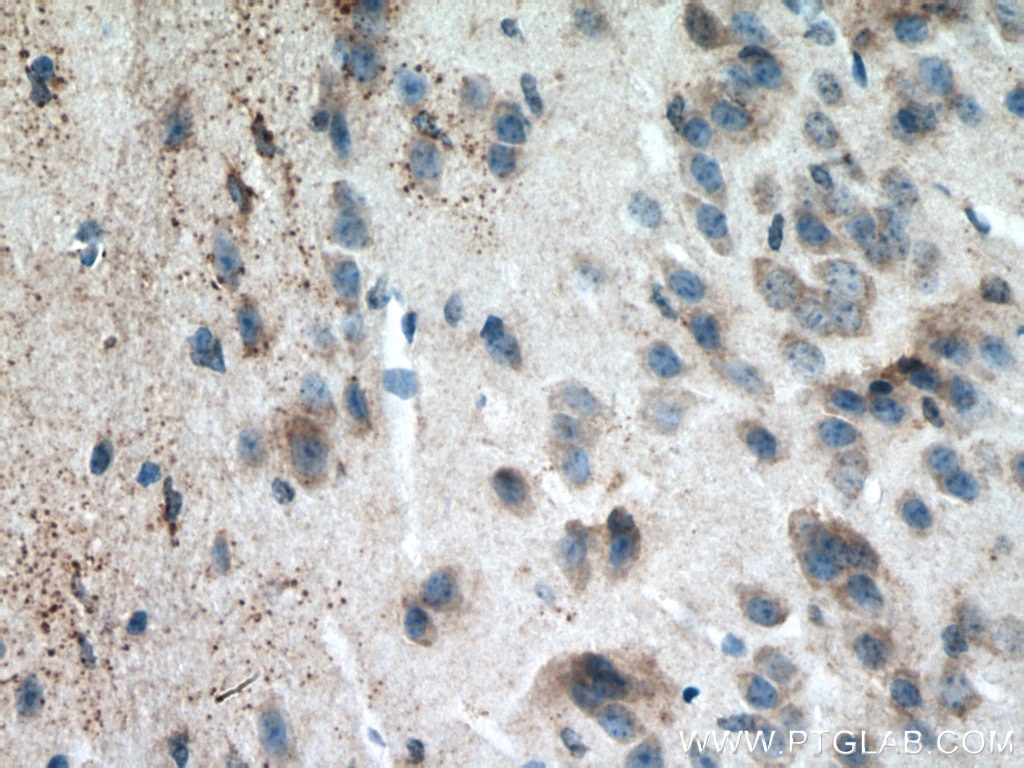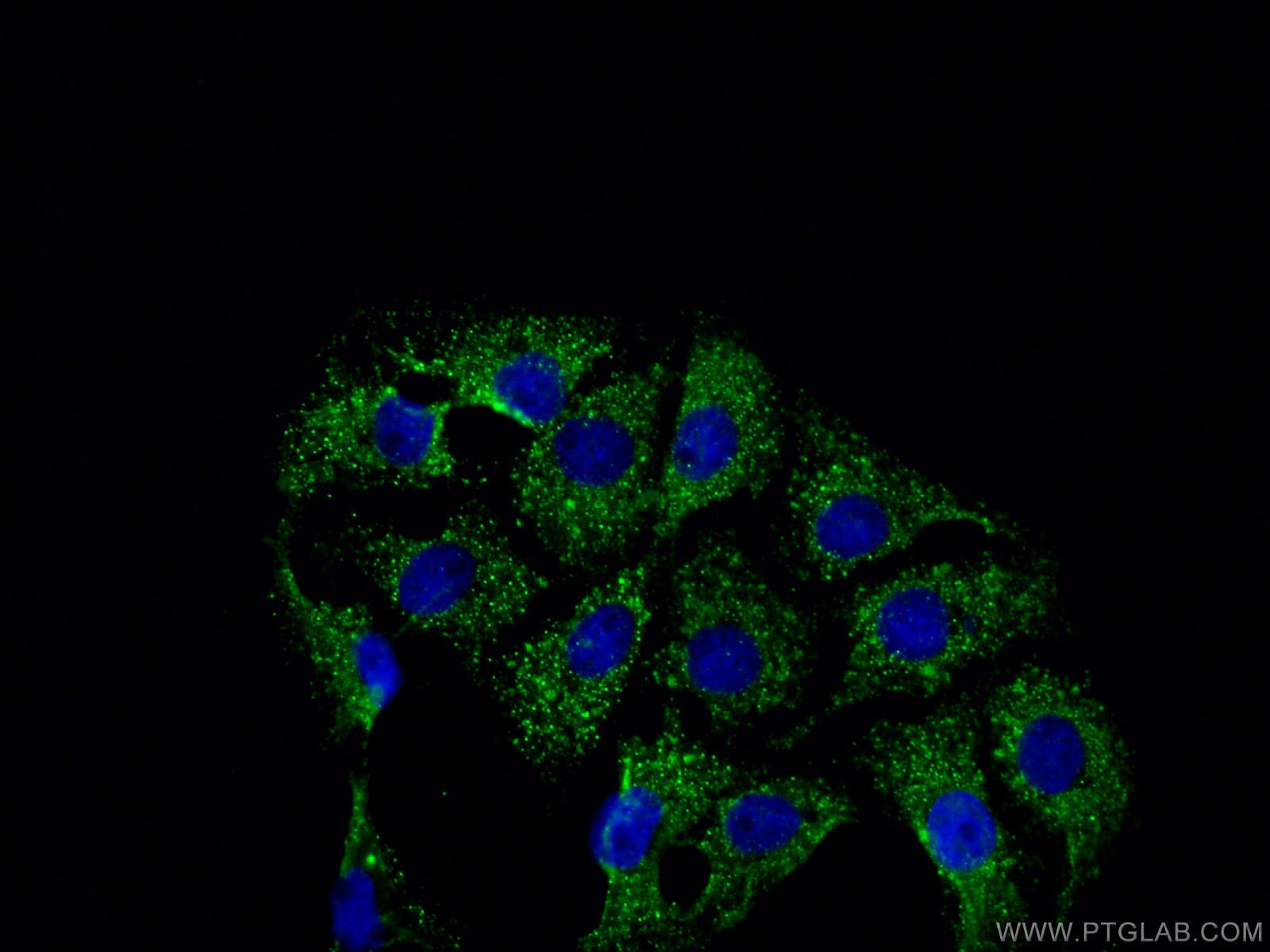- Featured Product
- KD/KO Validated
ATG13 Polyklonaler Antikörper
ATG13 Polyklonal Antikörper für WB, IHC, IF/ICC, IP, ELISA
Wirt / Isotyp
Kaninchen / IgG
Getestete Reaktivität
human, Maus, Ratte
Anwendung
WB, IHC, IF/ICC, IP, CoIP, ELISA
Konjugation
Unkonjugiert
Kat-Nr. : 18258-1-AP
Synonyme
Geprüfte Anwendungen
| Erfolgreiche Detektion in WB | SH-SY5Y-Zellen, BGC-823-Zellen, HEK-293-Zellen, HeLa-Zellen, humanes Hirngewebe, Jurkat-Zellen, MCF-7-Zellen, Maus-Cerebellum-Gewebe, Maushodengewebe, Maus-Thymusgewebe |
| Erfolgreiche IP | SH-SY5Y-Zellen |
| Erfolgreiche Detektion in IHC | Mausherzgewebe, humanes Hirngewebe, Maushirngewebe Hinweis: Antigendemaskierung mit TE-Puffer pH 9,0 empfohlen. (*) Wahlweise kann die Antigendemaskierung auch mit Citratpuffer pH 6,0 erfolgen. |
| Erfolgreiche Detektion in IF/ICC | SH-SY5Y-Zellen |
Empfohlene Verdünnung
| Anwendung | Verdünnung |
|---|---|
| Western Blot (WB) | WB : 1:500-1:1000 |
| Immunpräzipitation (IP) | IP : 0.5-4.0 ug for 1.0-3.0 mg of total protein lysate |
| Immunhistochemie (IHC) | IHC : 1:50-1:500 |
| Immunfluoreszenz (IF)/ICC | IF/ICC : 1:50-1:500 |
| It is recommended that this reagent should be titrated in each testing system to obtain optimal results. | |
| Sample-dependent, check data in validation data gallery | |
Veröffentlichte Anwendungen
| KD/KO | See 2 publications below |
| WB | See 17 publications below |
| IF | See 1 publications below |
| CoIP | See 1 publications below |
Produktinformation
18258-1-AP bindet in WB, IHC, IF/ICC, IP, CoIP, ELISA ATG13 und zeigt Reaktivität mit human, Maus, Ratten
| Getestete Reaktivität | human, Maus, Ratte |
| In Publikationen genannte Reaktivität | human, Maus, Ratte |
| Wirt / Isotyp | Kaninchen / IgG |
| Klonalität | Polyklonal |
| Typ | Antikörper |
| Immunogen | ATG13 fusion protein Ag13090 |
| Vollständiger Name | KIAA0652 |
| Berechnetes Molekulargewicht | 57 kDa |
| Beobachtetes Molekulargewicht | 57-63 kDa |
| GenBank-Zugangsnummer | BC001331 |
| Gene symbol | ATG13 |
| Gene ID (NCBI) | 9776 |
| Konjugation | Unkonjugiert |
| Form | Liquid |
| Reinigungsmethode | Antigen-Affinitätsreinigung |
| Lagerungspuffer | PBS with 0.02% sodium azide and 50% glycerol |
| Lagerungsbedingungen | Bei -20°C lagern. Nach dem Versand ein Jahr lang stabil Aliquotieren ist bei -20oC Lagerung nicht notwendig. 20ul Größen enthalten 0,1% BSA. |
Hintergrundinformationen
ATG13 is one component protein of the ULK1 complex which is required for autophagosome formation and mitophagy. ATG13 has two nutrient regulatory phosphorylation sites and the phosphorylation status of ATG13 affect regulation of autophagy by modulating enzyme activity and cellular localization of ULK1. Besides, it has been reported the nonautophagic function of ATG13 on cardiac development for ATG13-deficient embryos show myocardial growth defects.(PMID:27387056, 26801615, 26644405)
Protokolle
| PRODUKTSPEZIFISCHE PROTOKOLLE | |
|---|---|
| WB protocol for ATG13 antibody 18258-1-AP | Protokoll herunterladen |
| IHC protocol for ATG13 antibody 18258-1-AP | Protokoll herunterladenl |
| IF protocol for ATG13 antibody 18258-1-AP | Protokoll herunterladen |
| IP protocol for ATG13 antibody 18258-1-AP | Protokoll herunterladen |
| STANDARD-PROTOKOLLE | |
|---|---|
| Klicken Sie hier, um unsere Standardprotokolle anzuzeigen |
Publikationen
| Species | Application | Title |
|---|---|---|
J Clin Invest p53/microRNA-214/ULK1 axis impairs renal tubular autophagy in diabetic kidney disease. | ||
Autophagy The ALS-FTD-linked gene product, C9orf72, regulates neuronal morphogenesis via autophagy. | ||
Oxid Med Cell Longev Silencing TUFM Inhibits Development of Monocrotaline-Induced Pulmonary Hypertension by Regulating Mitochondrial Autophagy via AMPK/mTOR Signal Pathway | ||
Stem Cell Res Ther Chaperone-mediated autophagy plays an important role in regulating retinal progenitor cell homeostasis. | ||
Ecotoxicol Environ Saf Downregulation of beclin 1 restores arsenite-induced impaired autophagic flux by improving the lysosomal function in the brain. |
